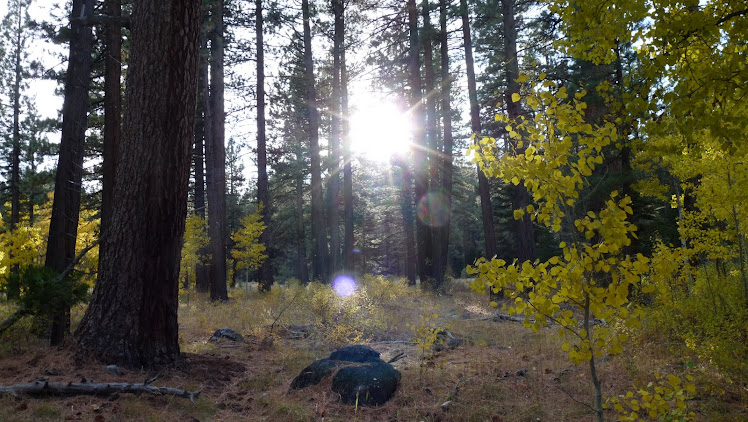Music has very powerful communicative qualities, and many different types of conversation happen simultaneously. When playing written music, the musician is faced with interpreting symbols and spaces to communicate non verbally with the unseen composer. A specific and intricate design has been created and widely accepted to allow an artist to share their inner rhythms with future strangers. And when these players play, others hear. Many listen. Everyone feels.
These tones stacked upon tones arranged into melodies are interpreted as sound...noise...music.
Conversation then extends beyond composer, player, and listener. Arguably the most powerful conversation occurs between players, between musicians. It happens as vibrant, nonverbal communication that requires the perfect alignment of tones, notes, timing, rhythm. The synchronicity of these specifics is crucial, usually coming from a place lacking forethought, or planning. Decisions are made in a split second. Players maintain a series of patterns while simultaneously processing the patterns created by the others and attempting to feel where the other may head next so that they can react.
How fascinating! This surely emphasizes the difference between planning and design that Terzidis brings up in the Etymology of Design. ‘Design’ is “a conceptual activity...intended to be carried into action.” Planning is “the act of devising a scheme...for the accomplishment of an objective.” Jamming with others is certainly carrying out an action...giving emotions and hidden talents a perceivable form.
And the conversation continues! Faced with the right arrangement of sounds and tempos, the rhythm creeps into the bodies of those who are present but not playing. Suddenly they cannot help but bend a knee, nod a head, tap a foot, wiggle and bounce and jive. The reactors, the dancers, the movers, the wigglers could not help but join the conversation. Suddenly it all connects. The drummer starts a pattern, the pianist strikes a chord and the flautist whistles a ditty, and the dancers move. The musicians see the dancers and egg them on. The dancers hear the tunes and continue moving. The music ends, everyone goes their separate ways, drumming their fingers, adding a skip in their step, keeping the beat alive.


Yes. The conversation becomes a dance, or maybe even a jam session. Thank you for expanding our shared metaphor so effectively.
ReplyDelete